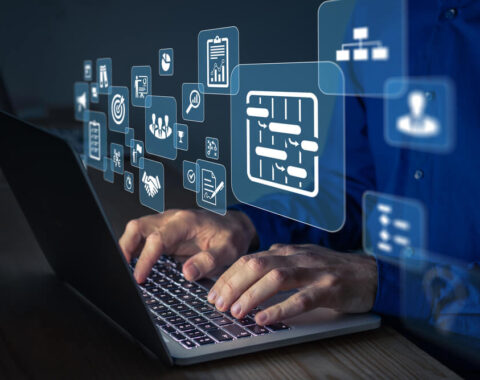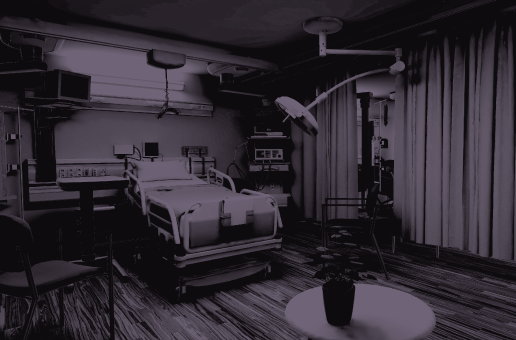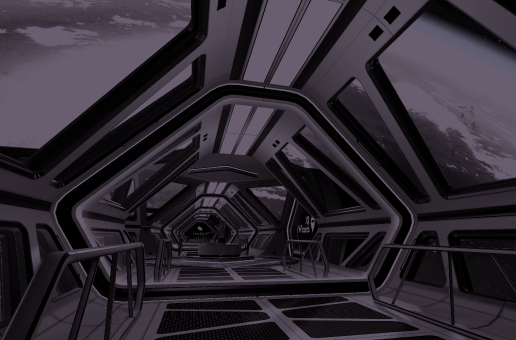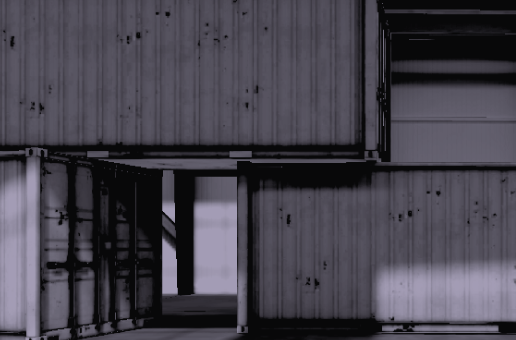Table of Contents:
Since the very beginning of civilization, education and the transfer of knowledge have been one of humanity’s top priorities. People have always looked for ways to educate others faster, more efficiently and more easily in order to guarantee the transmission of cultural values. Today, we live in an age of rapidly developing technology. Virtual reality (VR) and augmented reality (AR) have become normal in many parts of our lives, and they could also provide the next natural step in the evolution of education. What is the difference between them? VR creates an entirely digital environment, an immersive experience that feels real, while AR provides us with an interactive and meaningful experience by projecting a new layer of content onto reality. It turns out that both VR and AR can help students to understand difficult academic concepts, as well as improving their outcomes. In this article, we’ll show you 7 innovative ways that Virtual Reality and Augmented Reality are being used in education.
How Virtual Reality is used in Education?
In the classroom
Virtual reality can certainly offer students new insights and perspectives as a supplementary learning tool. It could spark curiosity and interest, and, while it may not make much sense for certain abstract subjects (like studying grammar, for example), it works well for subjects that are visual and tactile. For example, imagine a lesson about ancient Rome, with its unique architecture and works of art – thanks to VR software, students can virtually walk inside this ancient world to see how it looked for themselves. And it doesn’t end here – with virtual trips, they have the potential to go anywhere in the world in a matter of minutes.
In the laboratory
Universities have always been at the cutting edge of new technologies driving improvements, so there is nothing surprising in the fact that VR and AR technologies are at the frontier of university development right now. VR serves as a research and testing ground for students who are interested in exploring immersive technologies, and there are numerous solutions to implement in VR labs – wireless VR experiences with head-mounted displays, PC-powered Oculus stations and a variety of standalone headsets. Among other things, VR labs allow students to conduct ultrasound exams on an expectant mother (virtually), culture bacteria or track cellular respiration during an exercise routine. Tech students can, for example, virtually handle emergency scenarios without any of the potential dangers or costs. From the teacher’s perspective, VR is a great opportunity to observe and record behaviors and learning strategies of students as they explore educational content through this medium.
Augmented reality in education
Medical studies – virtual body composition analysis
Augmented reality is now an important contemporary simulation model for upgrading medical education. It provides the ability to project virtual information and structures onto physical objects. As a result, AR enhances or alters the real environment, which might be highly beneficial to med students. The integration of augmented reality applications is particularly valuable in fostering an understanding of anatomical structures and physiological mechanisms.
When it comes to medical training, augmented reality cannot be overvalued. It can be used to visualize the human anatomical structure and in virtual body composition analysis. Both of these areas are essential for practicing medicine since anatomical knowledge supports the formulation of accurate diagnoses. Augmented reality in education may, among other things, provide a 3D view of human anatomy, including tactile learning experiences. It enables students to enrich information learnt from their lectures and study books. AR is also perfect for getting an overall perspective of anatomical structures and the mutual relations of the different parts of a whole organism.
Modern 3D/360 photos in art studies
In the last few years, photos have come to life in new ways thanks to advances in VR that have enabled more immersive viewing experiences. Instead of just viewing an image, you can virtually immerse yourself in it. Virtual reality is starting to be widely used in art studies, the best examples of which are 3D and 360-degree photos. While using virtual reality software and equipment, students are able to work on 360-degree panorama photos and even to trigger the next photo in the slideshow with their own eyes. The community of 360-degree panorama and 3D photo enthusiasts has grown rapidly, and technologies like drone photography have opened the door to more types of 360-degree images shot from spectacular new angles. And all you have to do to share such VR experiences with students is click a link to activate it. In art studies, using VR in education creates a fundamentally new type of viewing experience – students are able to pan around the scene to learn more about the context that led to the original still photo. State-of-the-art VR photography also includes depth perception, which creates an even more immersive experience. This is storytelling taken to the next level!
Student practices
When you’re unprepared, your student practices may have certain limitations. Students usually don’t know what to expect and they can be exposed to high-stakes scenarios like breaking up conflicts. This is where simulation technology comes into play. Virtual reality technologies transform preparation for student practice by creating virtual scenarios in which students can test how they react to challenging situations and become more confident when they finally participate in real-world actions. Using virtual reality equipment, students feel as if they are in a real work environment. As with everything, students learn best by doing rather than passively reading, for example. Having VR and extended reality in education provides a great chance for students to broaden their exposure to different careers. They can see what it’s like to work in a certain field and, since it’s simulated, students can make mistakes and get feedback from their teachers immediately.
VR lessons that help students focus
One of the most important advantages of virtual and extended reality in education is that students can block out major classroom distractions. Attention deficit disorder is a huge issue these days and some experts say that millions of pupils have either attention deficit disorder or attention deficit hyperactivity disorder. What is more, the rate of diagnoses has risen sharply in the past few years and the attention spans of children born in the age of digital technology have also decreased as kids are constantly being exposed to stimulation from the Internet, smartphones and social media.
How can VR lessons change this? Most VR equipment excludes everything except for the actual studies. This makes VR technology the perfect antidote for external distractions, especially for teachers who work with kids with ADHD or ADD. Virtual reality might be the breakthrough that makes lectures and books more interactive and immersive, thus reducing distractions. No matter what age a kid is, they always love to watch something instead of reading it. Virtual reality in education creates amazing experiences, making pupils and students much more motivated to learn.
VR technology for students with learning difficulties and disabilities
Students with disabilities can be much more difficult for teachers to support. They require more attention and time, which sometimes makes it difficult to educate them properly. It turns out that VR can be great for students with learning difficulties. It provides them with the chance to learn about the world around them in a safe and fully controlled environment. They can look around and explore virtual surroundings and still feel safe and taken care of. Some research shows that virtual and augmented realities can also be helpful for students with autism. They can apply skills they have learned in a virtual environment to the real, yet virtual and safe, world. A great example of this is road safety skills. They can explore the topic and see how things work without the risk of being injured or hurt.
Summary on how virtual reality is helping education
What is Virtual Reality in education? So, as you can see, there are many exciting applications of VR and AR already in use in education. Here we have covered just 7 of them, but at Mazer we discover new applications almost every day and it’s certain that we will find more innovative ways to use this technology in the years to come.








